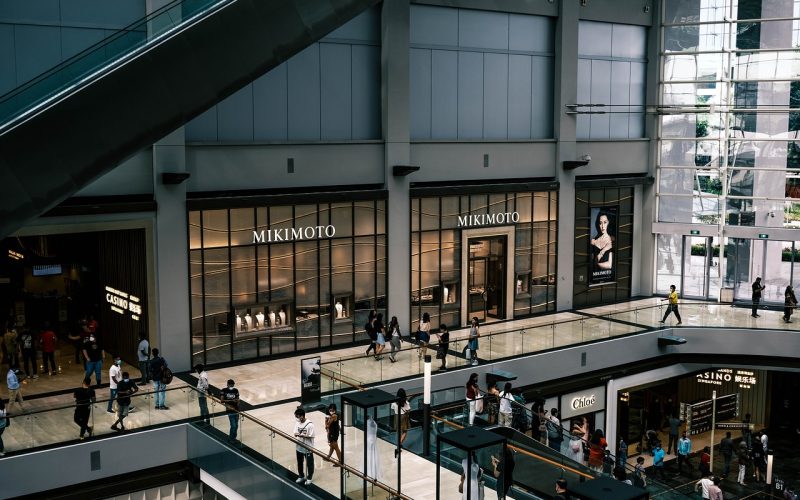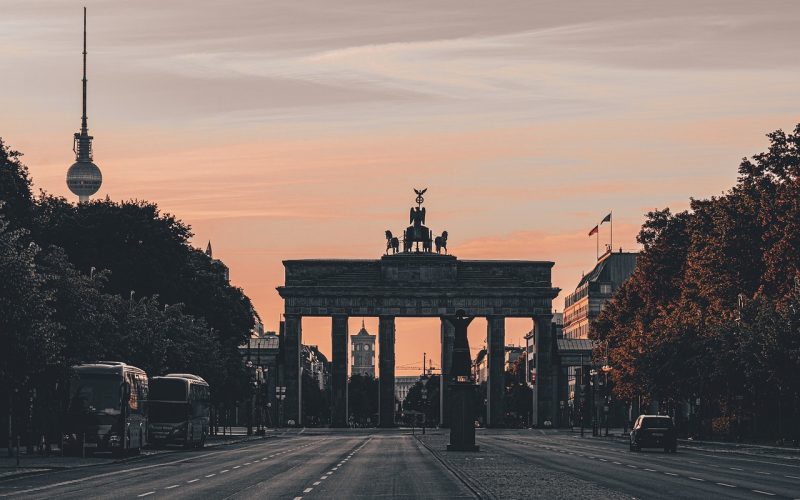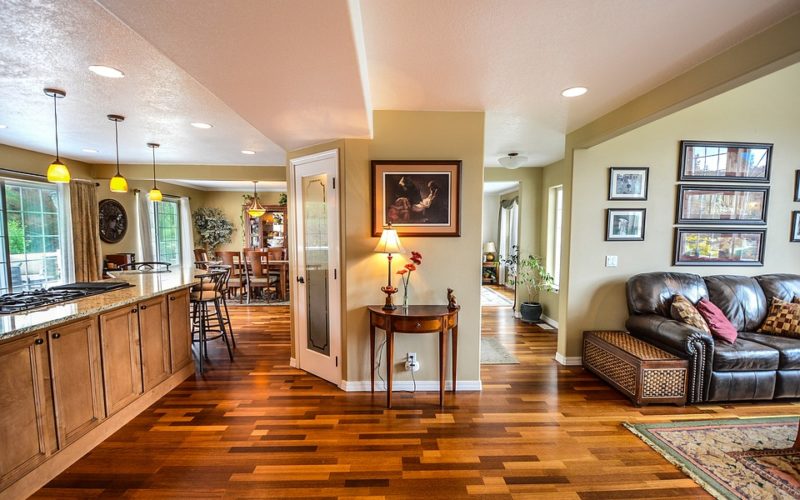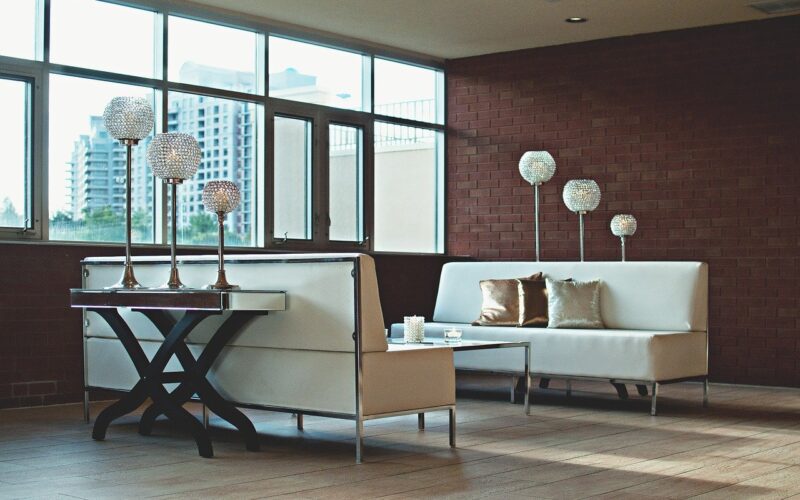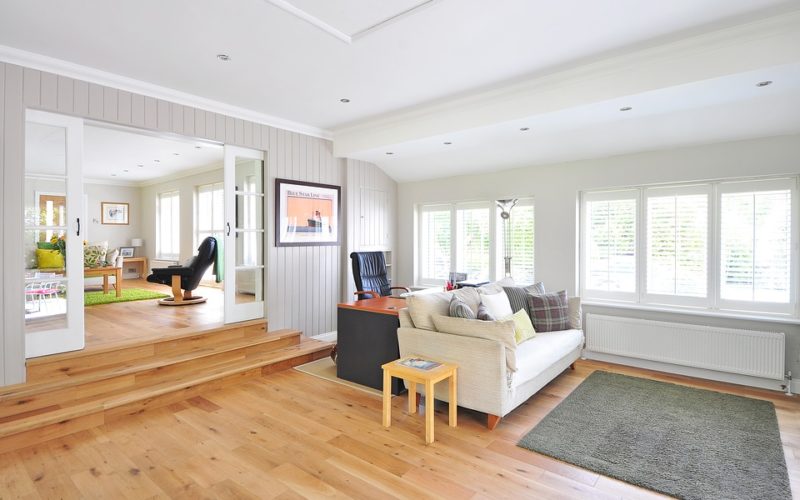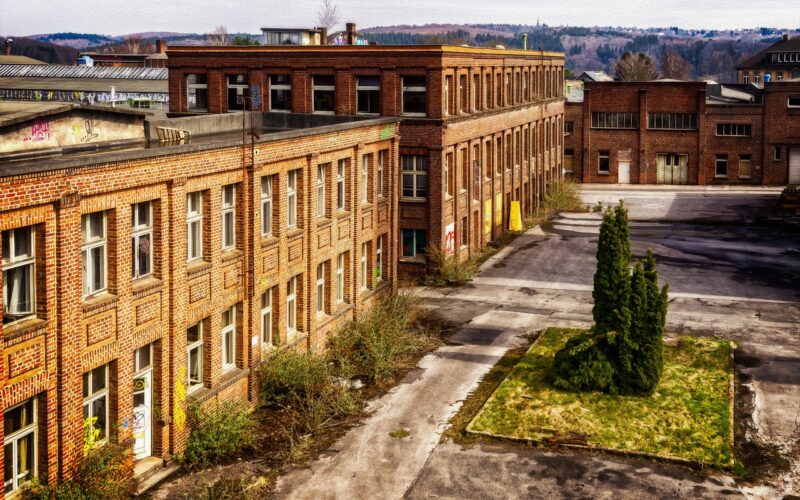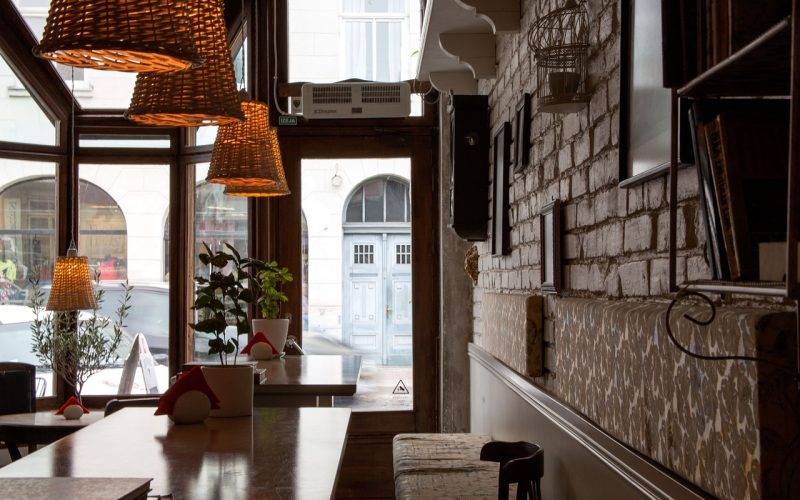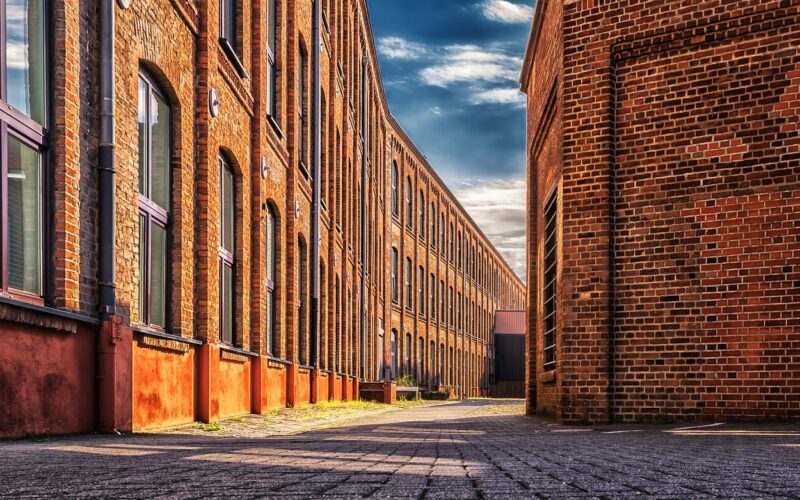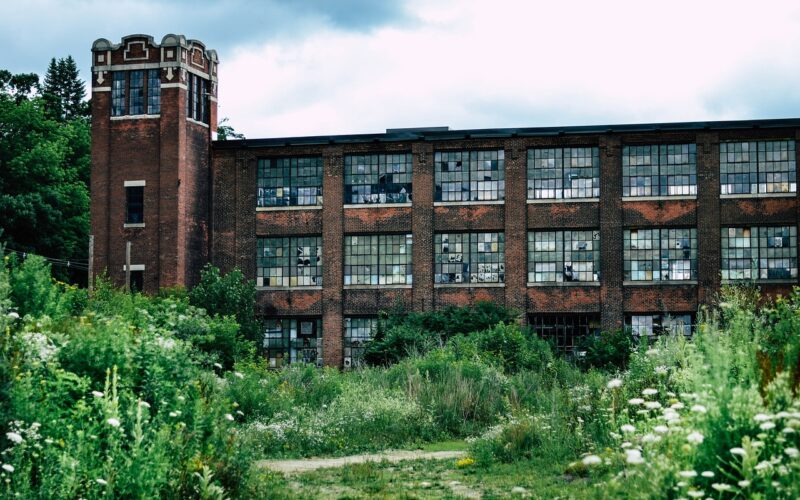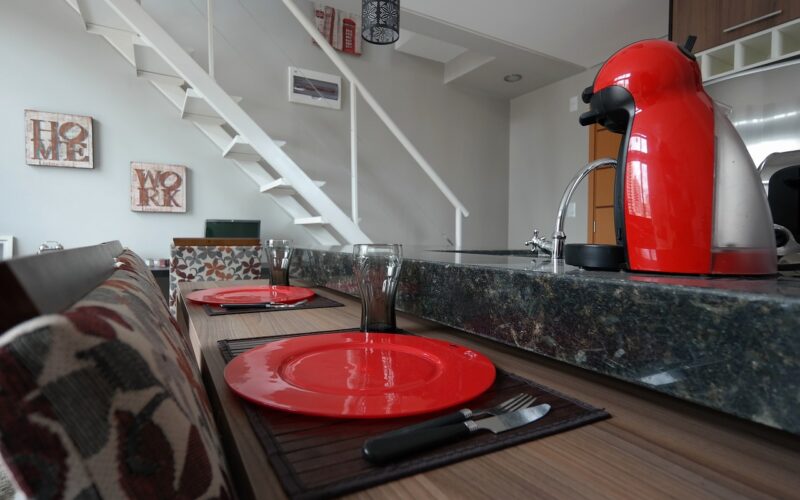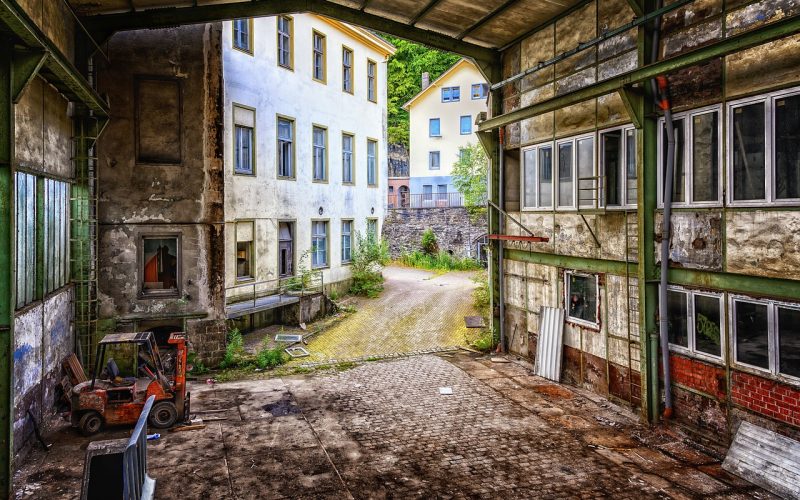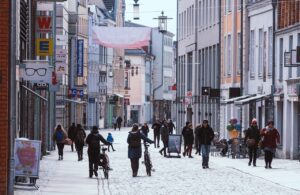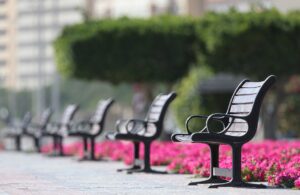In the 21st century, the trend of transforming defunct industrial spaces into vibrant retail centres is changing the landscape of urban environments. Across the globe, old factories that once symbolised the industrial revolution have found new life, becoming hubs for retail, dining, and community gathering. This ingenious reuse of space not only preserves historical architecture but also offers a unique shopping experience that sets itself apart from conventional malls.
The charm of industrial architecture
One of the primary attractions of repurposing old factories into retail environments is their distinctive architectural appeal. Exposed brickwork, high ceilings, large windows, and robust steel frameworks offer an aesthetic that modern structures often lack. This charm is something consumers are drawn to, providing a unique backdrop against which retailers can showcase their products. The blend of history and contemporary commerce creates an atmosphere that both honours the past and embraces the future, enticing visitors with its authenticity.
Sustainability and eco-consciousness
Repurposing old factories supports sustainable development, an increasingly important consideration in today's environmentally conscious society. By choosing to refurbish rather than demolish, developers save on materials and reduce waste. Additionally, these projects often incorporate green technology and practices, such as energy-efficient lighting and sustainable water systems, further enhancing their ecological footprint. This commitment to sustainability resonates with modern consumers, who are more aware of and interested in supporting eco-friendly businesses.
A versatile space for diverse experiences
Old factories offer expansive spaces that can be tailored to a variety of retail and entertainment needs. Many of these buildings now house a mix of shops, cafes, art galleries, and event spaces, attracting a diverse range of visitors. This versatility means they can host everything from farmer's markets to fashion shows, creating a dynamic environment that keeps customers returning. The fusion of different types of experiences under one roof offers something for everyone, encouraging longer visits and increased spending.
Supporting local economy and entrepreneurs
The transformation of old factories into retail centres provides opportunities for local businesses and entrepreneurs. These spaces often encourage the establishment of independent shops and boutiques, allowing small businesses to thrive alongside more prominent brands. In turn, this boosts the local economy, creating jobs and stimulating economic growth. Furthermore, these centres can become cultural landmarks within a community, supporting local talent and fostering a sense of pride among residents.
Challenges in adapting old infrastructure
Despite the many benefits, converting old factories into retail spaces is not without its challenges. Developers must address structural integrity issues and ensure buildings meet modern safety standards. This can involve significant investment and careful planning, particularly in restoring and preserving original architectural features. Additionally, integrating modern amenities such as heating, ventilation, and air conditioning systems into these historic buildings often requires creative solutions to maintain their character without compromising on comfort and functionality.
A look to the future
The trend of transforming old factories into retail spaces is likely to continue, given its environmental, economic, and aesthetic advantages. With the increasing emphasis on sustainability and unique consumer experiences, more developers are likely to pursue similar projects. This shift not only revitalises urban areas but also ensures that heritage architecture is preserved for future generations. As these spaces continue to evolve, they will likely serve as models for how other historic structures can be successfully integrated into modern urban life.
The repurposing of old factories into trendy retail shopping centres is a testament to human ingenuity and adaptability. By breathing new life into these historic structures, we honour our past while paving the way for a sustainable and vibrant future. These retail spaces not only draw in shoppers with their distinctive charm but also support local economies and provide a blueprint for responsible urban development.
